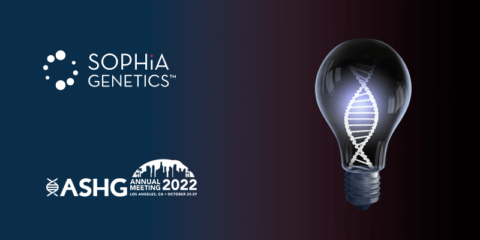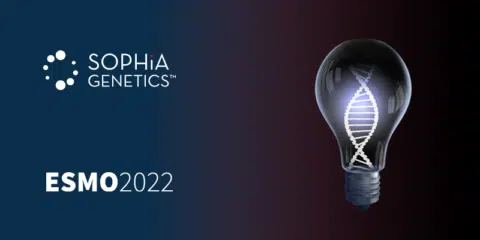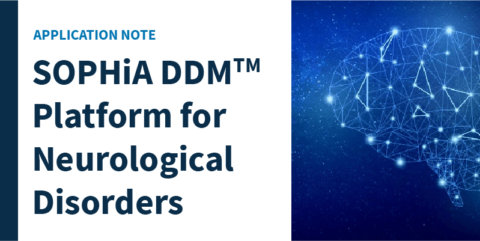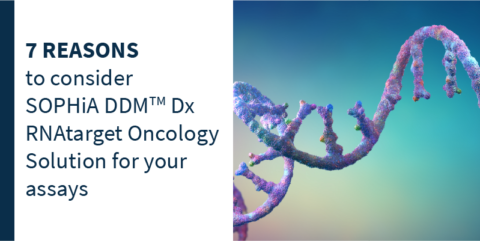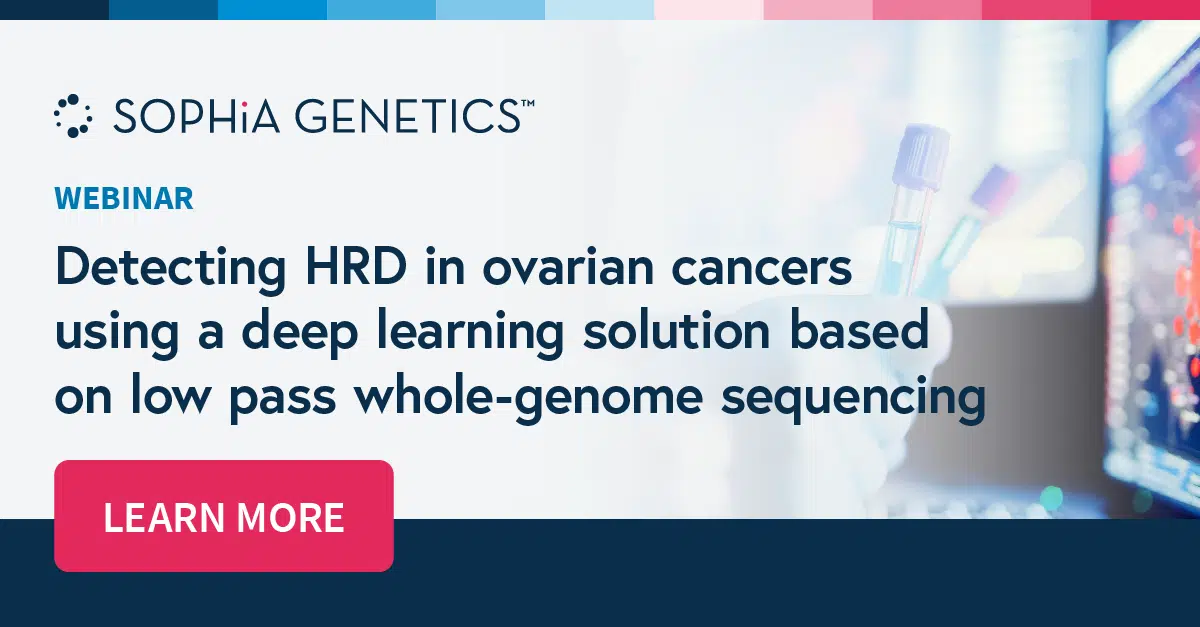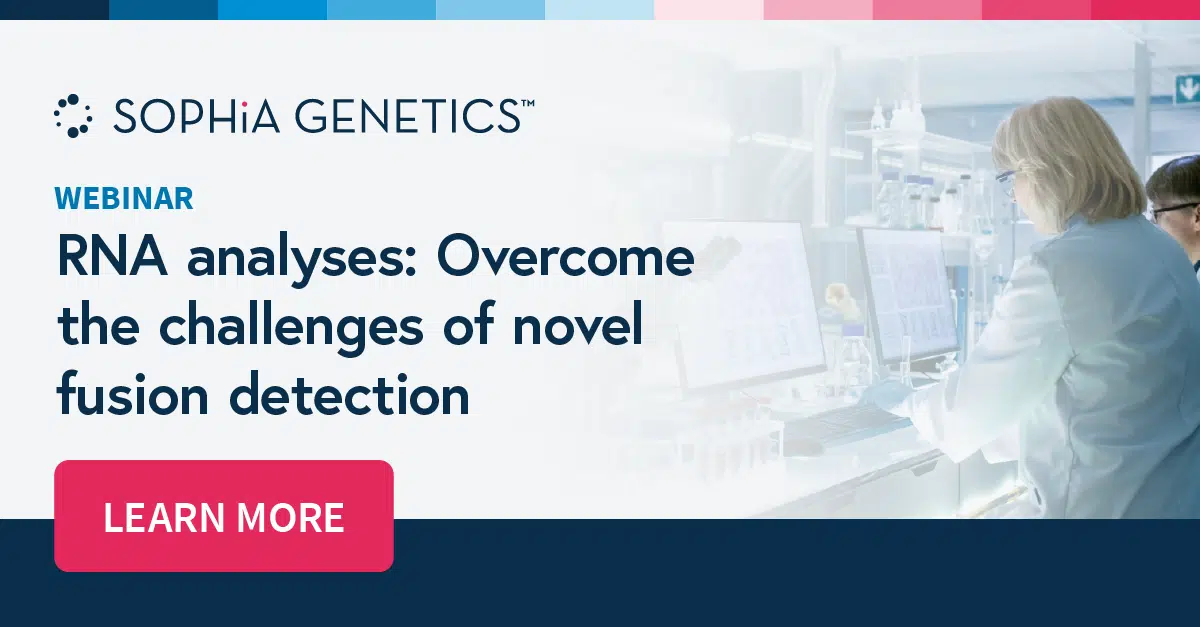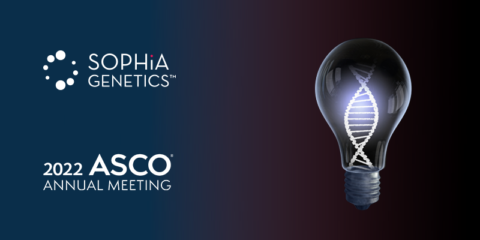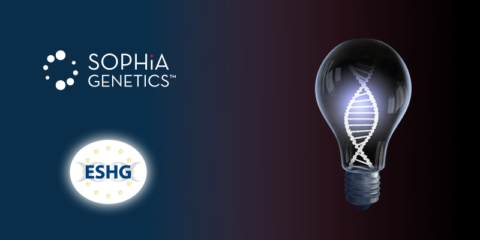Let’s answer some of the most pressing questions about IVDR compliance in practice and explore how CE-IVD certified software solutions can help.
next generation sequencing
Customer Spotlight: Katherine Lafferty at Broad Clinical Labs
We recently sat down to talk with Katherine Lafferty, MS, CGC about how Alamut™ Visual Plus helps her overcome the variant interpretation challenges she encounters in her work as a variant analyst. Read our discussion.
A beginner’s guide to mutation nomenclature using the HGVS recommendations
Understand the HGVS recommendations with this sequence variant nomenclature guide that includes visual examples.
Food for thought from ASHG 2022: Affordable, comprehensive, and accessible variant analysis and interpretation with the SOPHiA DDM™ Platform
Did you miss our ASHG symposium? Don’t fret! Read our recap of how renowned genomic experts saved time, reduced costs, and improved the yield of their hereditary cancer and rare disease workflows using SOPHiA DDM™ combined with Alamut™ Visual Plus.
Food for thought from ESMO 2022: the journey towards personalized therapy
Last week we attended the European Society for Medical Oncology (ESMO) Congress 2022, gathering the world’s leading oncologists. Read our summary of three presentations illustrating cancer therapy development.
Considerations for whole exome sequencing
Whole exome sequencing can present a goldilocks option between targeted gene panels and whole genome sequencing. Dive into some of the considerations for adopting whole exome sequencing in your institution.
Application Note: The SOPHiA DDM™️ Platform for Neurological Disorders
Check out our step-by-step guide to using SOPHiA DDM™️ complemented by Alamut™️ Visual Plus to streamline the interpretation of clinical exome data for neurological disorders.
Seven reasons to choose SOPHiA DDM™ Dx RNAtarget Oncology Solution for gene fusion detection
Cancer management outcomes can strongly benefit from robust and accurate detection of gene fusions. SOPHiA GENETICS developed the SOPHiA DDM™ Dx RNAtarget Oncology Solution to make this possible.
We list 7 reasons to consider SOPHiA DDM™ Dx RNAtarget Oncology Solution for your assays.
Detecting HRD in ovarian cancers using a deep learning solution based on low pass whole-genome sequencing
About Deficiency in the homologous recombination repair system represent up to 50% of the ovarian,...
RNA analyses: Overcome the challenges of novel fusion detection
About Gene fusions are the latest type of biomarker to receive broad applicability in cancer...
Food for thought from ASCO 2022: breaking boundaries in breast cancer research
Last week we attended the 2022 American Society of Clinical Oncology (ASCO) meeting, gathering the world’s leading researchers in oncology. Read our summary of four groundbreaking presentations on breast cancer research.
Food for thought from ESHG 2022: The power of genomic testing for advancing pediatric healthcare
Read our summary of new research studies presented at the European Society of Human Genetics (ESHG) Annual Conference 2022 about how next-generation sequencing is advancing pediatric healthcare.



